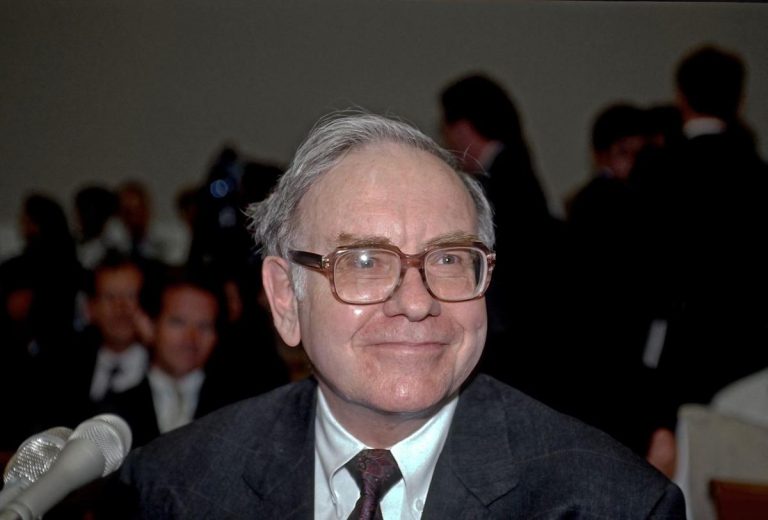Stay informed with free updates
Simply sign up to the Currencies myFT Digest — delivered directly to your inbox.
For the past month or more, overnight interest rates in Hong Kong have been stuck just above zero per cent. Since everyone got used to ultra-low interest rates during the last couple of decades, it may not be immediately obvious how bizarre, unexpected and potentially alarming that situation is — or how it illustrates everything from the dwindling appetite of Asian investors for US assets, to a modest revival of Hong Kong’s capital markets, to surprising limits on the risk-taking capacity of banks and hedge funds.
Donald Trump’s gyrations on trade policy have not broken global financial markets just yet — but what is happening in Hong Kong shows they are feeling the strain.
The reason zero interest rates in Hong Kong are so odd is because its currency is pegged to the US dollar. That offers what seems like an easy arbitrage: borrow in Hong Kong at zero per cent, convert to dollars and earn US interest rates of more than 4 per cent. For an arbitrage, that is a large return, and since the currency is pegged the risk should be minimal. Yet for more than a month this divergence has continued. Every evening at seven o’clock the Hong Kong Monetary Authority announces the overnight rate. On Friday it stood, again, at 0.01 per cent.
As so often in financial markets, the flap of a butterfly’s wings that set these events in motion happened somewhere else, in this case on the other side of the Taiwan Strait. On May 2, there was a sudden jump in the New Taiwan dollar because of market speculation that a trade deal with Trump might include provisions requiring Taipei to strengthen its currency. Unexpectedly, the Taiwanese central bank did not stop the rise, which continued a few days later.
According to market participants, a number of hedge funds were caught out by the move. When London traders got to the office on that Friday, they rushed to manage their risk and did so by buying baskets of Asian currencies, including the baht, the ringgit, the Korean won and the Hong Kong dollar. Since Hong Kong’s currency was already strong — partly because of capital inflows ahead of the initial public offering of CATL, the world’s biggest battery company, and other offerings that Beijing has encouraged in the territory — the sudden buying pushed it to the strong end of its trading band at HK$7.75.
Hong Kong’s linked exchange rate system keeps its currency in a narrow band between HK$7.75 and $7.85 against the US dollar. When it hit the strong end of the band, the HKMA duly sold more Hong Kong dollars, and all that extra liquidity drove local interest rates down to zero. In such a way, Trumpian trade threats to Taiwan affected the price of money in Hong Kong. But the real question is: why has the situation persisted?
There are some technical factors at play. In addition to a run of IPOs in Hong Kong, it is dividend season and mainland companies with Hong Kong listings are moving funds to pay them. That demand for Hong Kong liquidity should subside by the end of the month.
More concerning, however, the persistence of the arbitrage suggests limits on the market’s capacity to exploit it. The Taiwan dollar was not the first trade to blow up this year: a variety of so-called swap basis trades went wrong in April, at the time of Trump’s so-called “liberation day”, and with the US president’s gone-today-here-tomorrow approach to tariffs, currency volatility is high in general and risk managers have their traders on tight limits. The structure of modern hedge funds, with many small “pods” of traders and centralised risk controls, can exacerbate any move to cut exposures.
That suggests markets have a limited capacity to absorb shocks at a time when they are being subjected to many of them. It raises the risk of sharp, correlated movements in financial assets in response to news — or even just rumour — about trade negotiations.
It also hints at something more profound: the desire to hold Hong Kong dollars and other Asian currencies reflects a growing nervousness about US financial markets. It is, for now, nothing more than nervousness — a reluctance to put new money to work — but after decades of insatiable appetite for US financial assets, even that much is noteworthy.
The proposed Section 899 of Trump’s tax bill, for example, is a knife to the throat of international investors, threatening as it does tax rises on foreign investments. Given how thoroughly it would devastate US markets, there is good reason to think Section 899 will never be enforced, even if it gets enacted, but you can only threaten people so many times before they start to take you seriously.
In the meantime, Hong Kong is enjoying its short interlude of low interest rates. It is unlikely to last too much longer: traders are finally moving on the opportunity, and the currency has shifted close to the weak end of the band. Soon, the HKMA will probably have to buy Hong Kong dollars, draining liquidity from the local market and driving interest rates back up again.
All will go back to normal, but all will not be well. This little episode reveals a disturbing fragility. Markets may appear to be taking all of the Trumpian disruption in their stride, but when a dislocation of this sort persists for more than a month, it is a warning sign. Watch out for trouble ahead.








